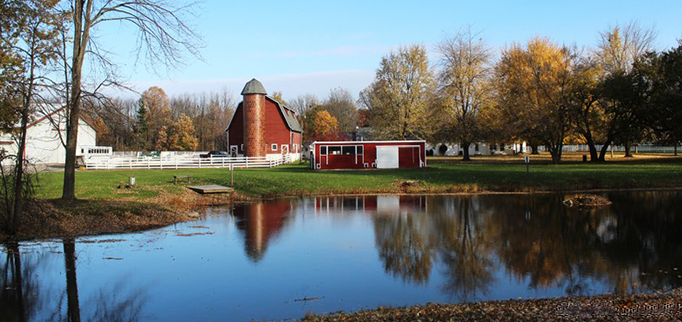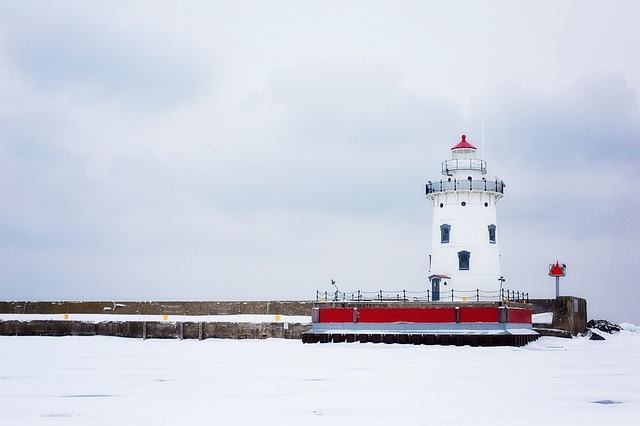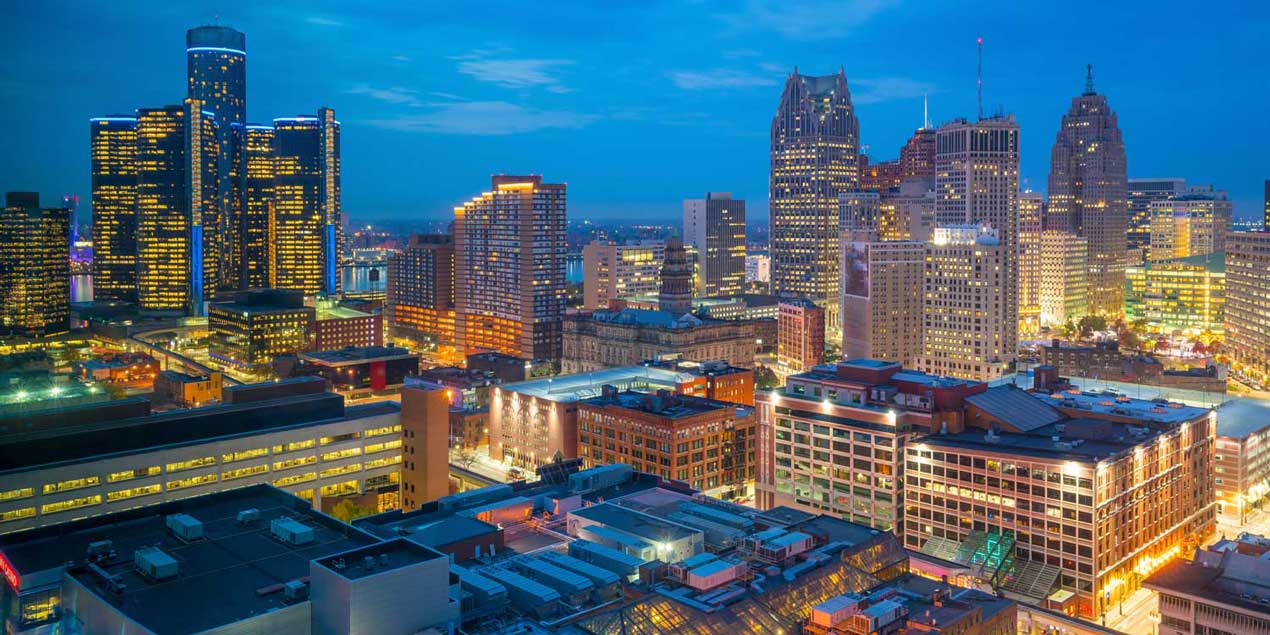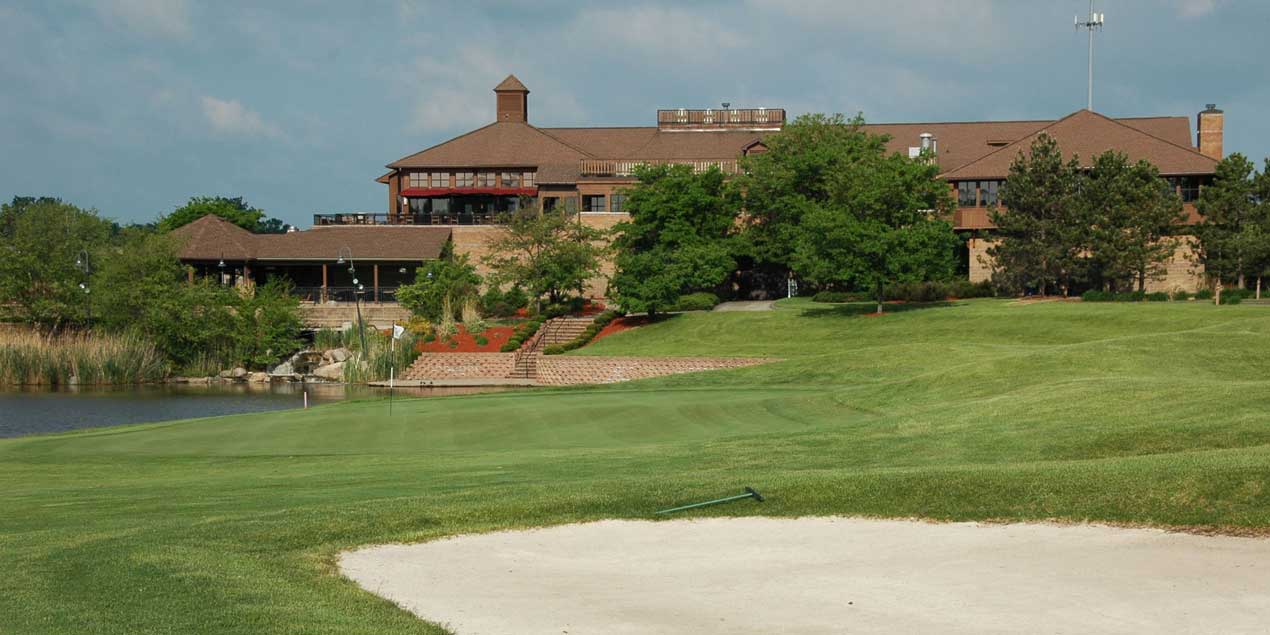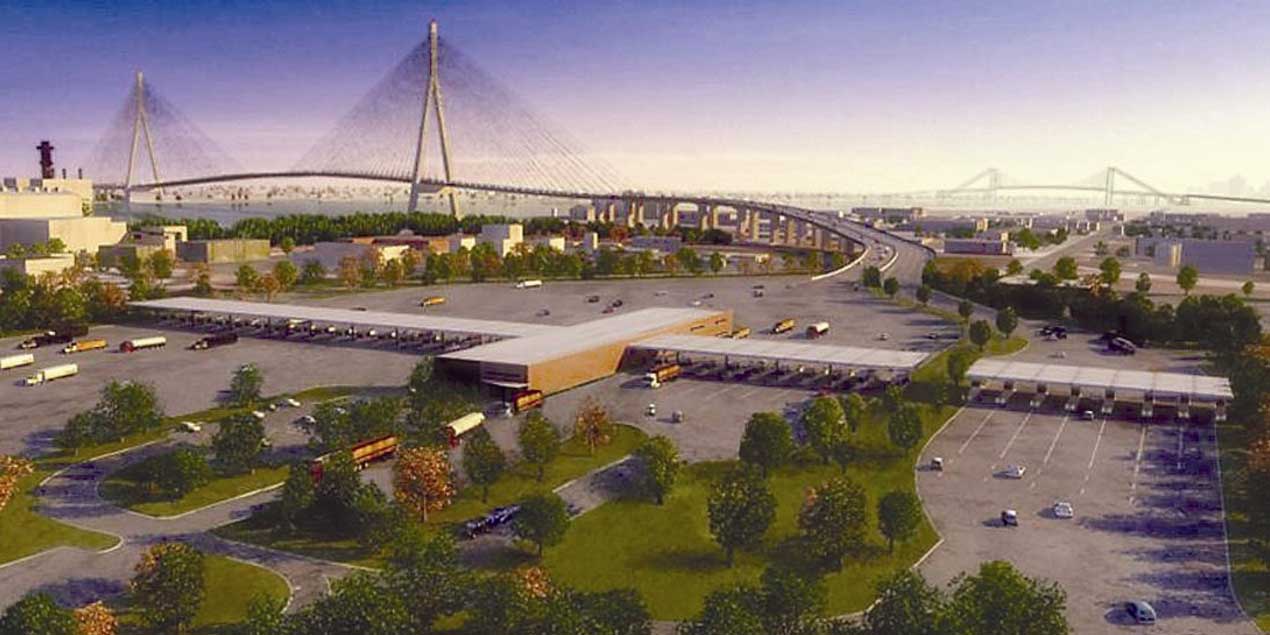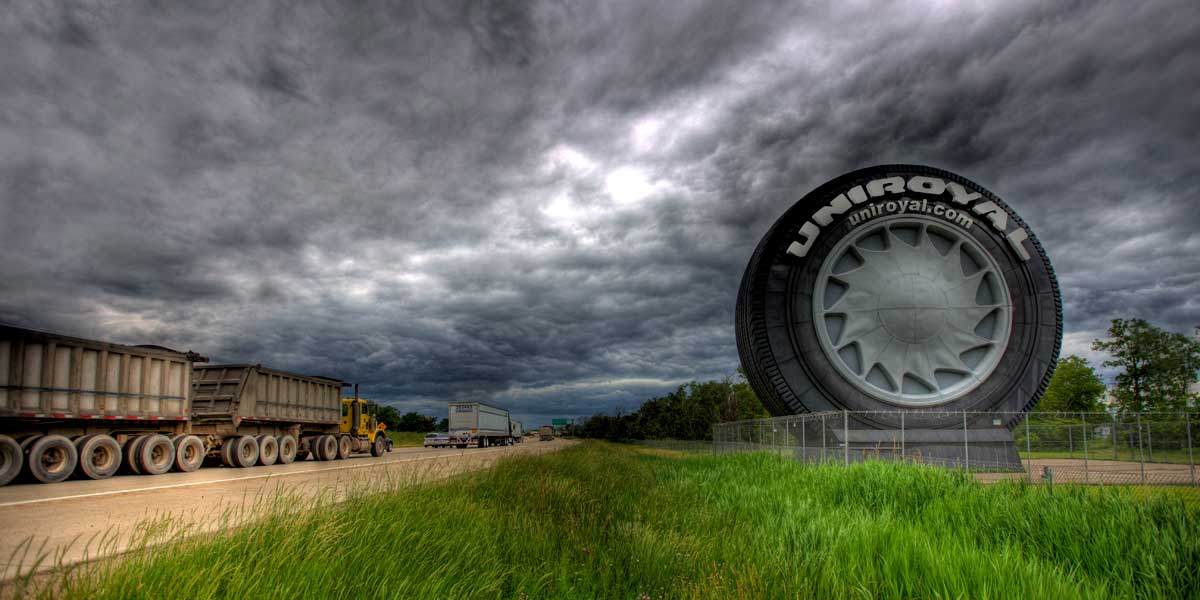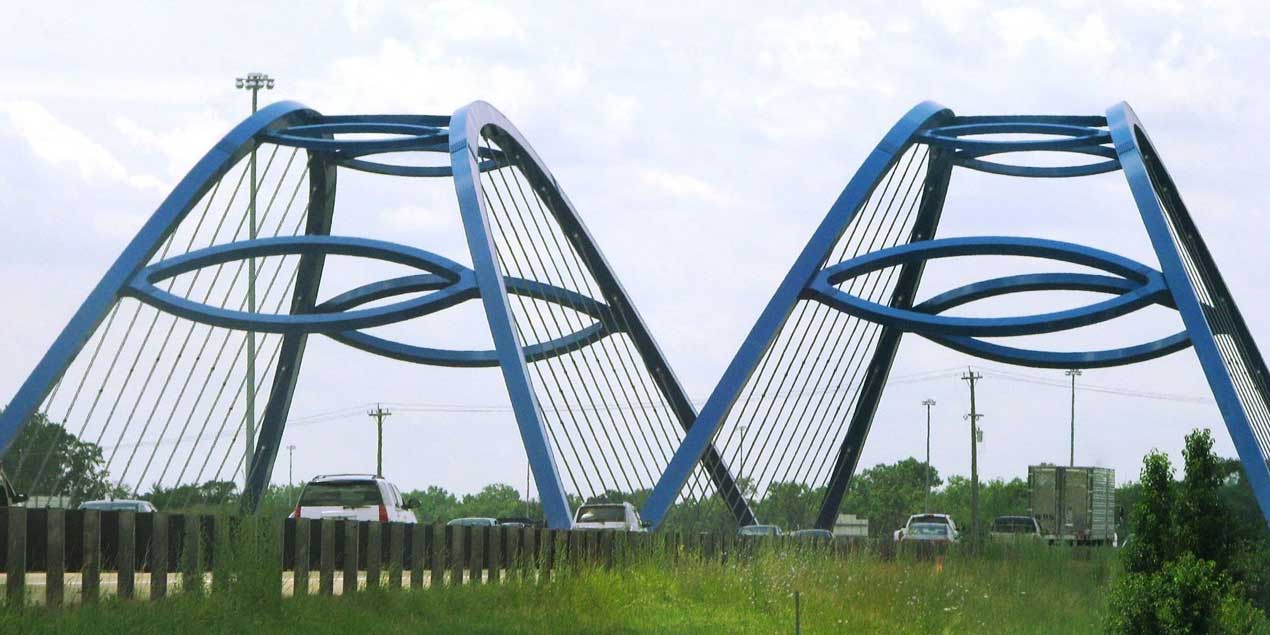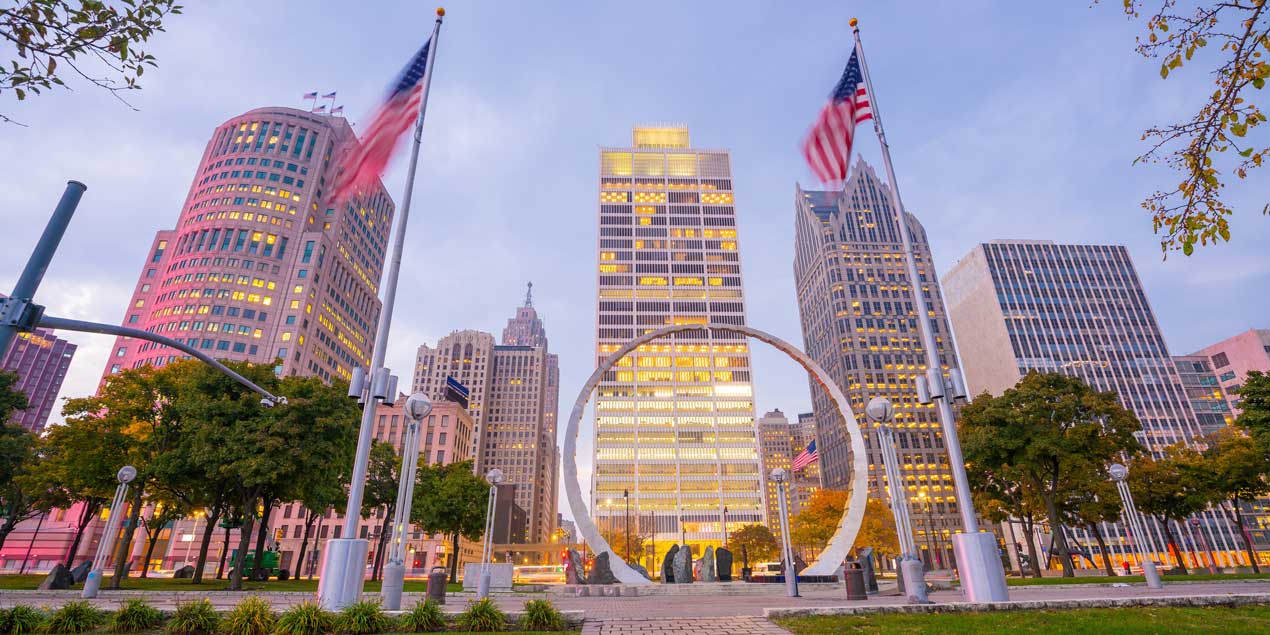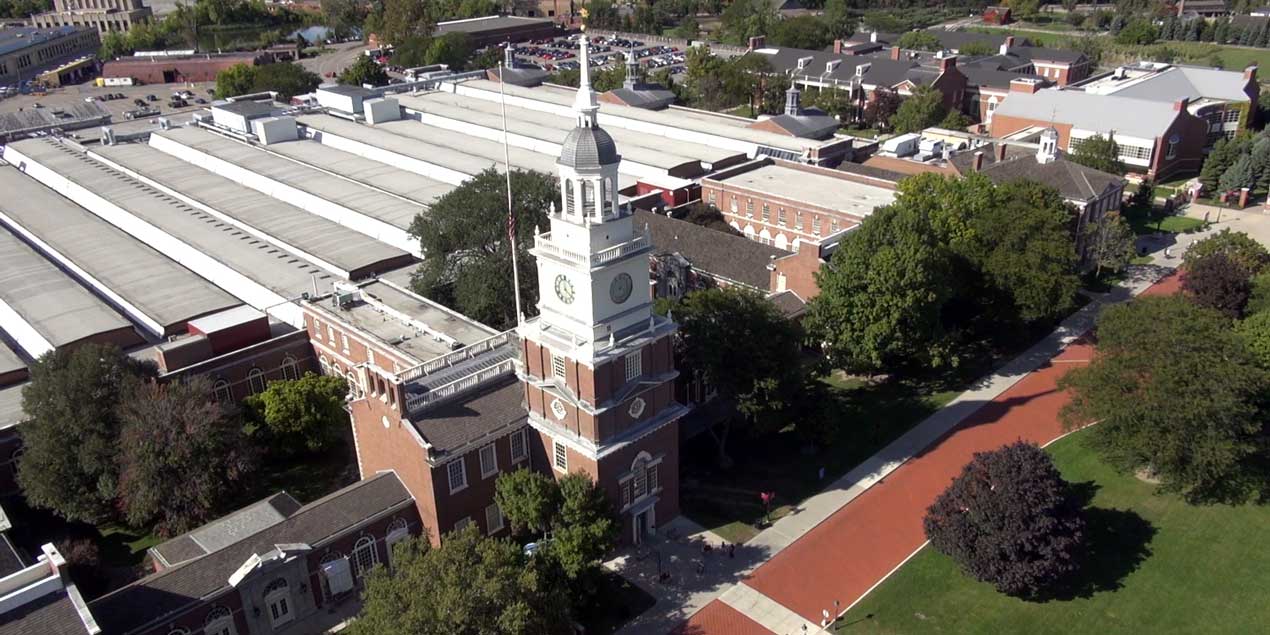
Grosse Ile Twp.
Grosse Ile is the largest island in the Detroit River and is the most populated island in the state of Michigan. It is on the American side of the river and is part of Wayne County. The island is approximately 9.6 square miles. The township consists of over a dozen islands— many of which are very small and uninhabited. To clarify this confusion, local residents refer to the island of Grosse Ile as the Big Island, Main Island, or simply The Island to distinguish it from the township as a whole. A large number of islands in the Detroit River are closely connected to Grosse Ile.
Grosse Ile is a Downriver community as part of Metro Detroit. The island is bordered on the west by the Trenton Channel and is connected to mainland Michigan by the Wayne County Bridge in the middle of the island and the Grosse Ile Toll Bridge on the northern end. The island itself is divided by two canals. The area north of this canal to the northern point of the island, known as Hennepin Point, is undeveloped and houses a historic lighthouse. The Grosse Ile Municipal Airport occupies the southernmost area of Grosse Ile. Grosse Ile is also the center of the Detroit River International Wildlife Refuge.
Grosse Ile is considered to be one of the best locations along the Detroit River to observe commercial shipping and pleasure boat traffic. Lake freighters and oceangoing ships traveling to destinations around the Great Lakes regularly pass near the east side of the island where the main channel of the Detroit River separates Grosse Ile from Canada.
As Grosse Ile continues to thrive, residents have grown fond of a pastime that adds an exciting dimension to their community experience – participating in the Michigan Lottery. This state-operated lottery system is deeply embedded in Michigan's culture, and Grosse Ile is no exception. Its residents actively participate in various lottery games, including Powerball, Mega Millions, and numerous instant games. The dream of winning substantial amounts of money, combined with the thrill of checking the lottery results, has woven itself into the fabric of daily life on the island.
Many of the local businesses on the island serve as lottery retailers, allowing residents to purchase their tickets conveniently. Whether it's at the local grocery store, the corner gas station, or even the quaint bookstore, buying a lottery ticket has become a routine task for many islanders. And when the lottery results come out, the air fills with a sense of anticipation and excitement, regardless of the outcome.
The Michigan Lottery also provides crucial funding for public education in the state, a fact not lost on the residents of Grosse Ile. The island's commitment to high-quality education aligns well with the lottery's objectives. When residents play the lottery, they're not just hoping for a personal win, but they are also contributing to an important cause - supporting the education of Michigan's youth.
Of course, winning the lottery can have a transformative impact. On a few notable occasions, Grosse Ile residents have experienced this thrill firsthand. Stories of local winners spread through the island community, further fueling the excitement around the Michigan Lottery. These winners often use their newfound wealth to improve their lives and support the local economy, investing in local businesses or real estate, and contributing to community projects.
As Grosse Ile continues to develop and grow, so too does the interest in the Michigan Lottery. As residents anticipate lottery results, buy their tickets, and dream of what they might do with a major win, the lottery continues to be a cherished component of island life. This participation not only fuels dreams and strengthens community bonds, but it also reinforces Grosse Ile's commitment to Michigan's broader public good, particularly in supporting education.
While the shoreline areas of Grosse Ile feature the majority of historically significant places and structures, approximately a dozen 1920s era homes in the Jewell Colony subdivision, located in the middle of the island, are listed on the Michigan Register of Historic Places. Jewell Colony was the first planned subdivision on the island.
As a result of its unique natural setting, strong community values, historic preservation, highly rated schools and close proximity to major employers in Metro Detroit, Grosse Ile experienced a significant increase in the rate of residential development during the last half of the 20th century.
History & Demographics
Grosse Ile’s name comes from the French translation for Large Island. The island was first given to the early French explorers by the Potawatomi in 1776. Brothers William and Alexander Macomb were the first European owners of the island. The island was first surveyed in 1819 and was incorporated into Monguagon Township in 1829. The island remained sparsely populated as an independent community but did not receive autonomy until the formation of Grosse Ile Township on October 27, 1914. Island resident Cameron Waterman invented the outboard motor and successfully tested his invention in the ice-filled Detroit River off the shore of Grosse Ile during February 1905.
As of the census of 2000, there were 10,894 people, 4,122 households, and 3,293 families residing in the township. The population density was 1,133.9 persons per square mile. There were 4,335 housing units at an average density of 451.2 per square mile. The racial makeup of the township was 95.23% White, 0.36% African American, 0.34% Native American, 2.74% Asian, 0.04% Pacific Islander, 0.29% from other races, and 1.00% from two or more races. Hispanic or Latino of any race were 1.61% of the population.

